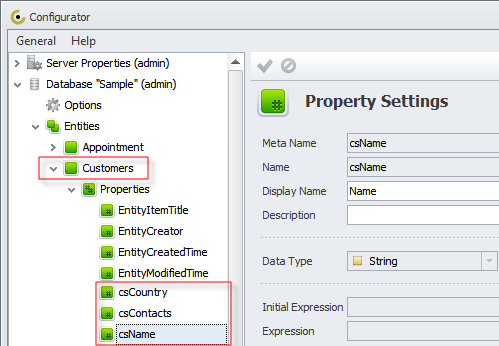| Order 750 checklists in MS Word and PDF printable format at $49.99 USD only. |
BUY NOW!  |
Define business processes in your company
The first stage is to analyze the business environment and to define the key business and/or operational processes your company carries out. The purpose is to help developers in understanding the business environment and developing a high-level model that shows the major activities, including sales, procurement, production, marketing, HR management, PR, R&D, and so on.
In this regard, consider taking the following steps:
- Identify the key business/operational processes of your organization
- Describe the key components per process, including Inputs, Resources and Outputs
- Acquire and build a development team (for example, specialists from your IT dept.)
- Provide the team with the process descriptions
- Give the team time to analyze and understand the process descriptions
- Request the team for a model outline of the major activities

State the scope of your database development effort
After your dev team has analyzed and understood your company processes, your next stage is to determine the scope of your development project, or a description of all individual jobs and tasks comprising the project.
Take these steps to state the scope of your custom database development effort:
- Hold meetings with the team to discuss the processes, issues and possible solutions
- Review the outlined process model provided by the team
- Discuss process improvement opportunities
- Agree on the most feasible and cost-effective opportunities
- Make a list of individual tasks and assignments per team member
Develop conceptual design
Now, your dev team should start the project from developing a conceptual design that determine objects relating to your company processes and establish relationships between them. The purpose is to create an object-based model that defines your business process environment. The ER diagram (Entity-Relationship diagram) will be of use.
In this regard, make your dev team do these tasks:
- Identify the objects (entities) that characterize your business processes. For instance, for the sales process there could be set such entities as "Customer", "Product", "Order", "Invoice", and the like.
- Describe each entity by properties. For example, the entity "Customer" may have such properties as "Name", "Contacts", "Country", etc.
- Develop a model that describes the entities and their attributes
- Establish relationships between the entities
- Build the ER diagram that visualizes the entities, their properties and their relationships
Develop physical design
Next, your development team needs to put the conceptual design in practice. In other words, there should be developed a physical design model to determine how the database would be best implemented. Such a model should be based on an object-oriented approach that could allow specific storage access and structures.
Be sure your team accomplishes the following tasks:
- Create a logical data model that uses an object-oriented approach in defining the relationships between data entities, process steps and database users
- Use the logical data modelĀ to specify the key data elements and data types of your custom database
- Develop a physical model that determines database access structures
- Add tables to the database to organize business entities and their properties
- Carry out indexing of the database tables
- Cluster the database to create nodes that ensure efficiency of data scalability and availability
- Develop the data dictionary to ensure data maintenance and control
Create and test the database
The final stage is that your dev team can go ahead and develop a custom database on the basis of the physical model. For test purposes, small amounts of data can be entered into the database tables. Also a user test team can be built to test the database for errors.
Focus your developers on doing the following steps:
- Enter certain data into the database for testing
- Collaborate with the user test team to track test progress and respond to issues
- Start parallel testing with the dev team to determine if the database design meets the predefined requirements
- Revise and change the database
- Finish the test process and develop the final version of the database
- Provide the database for use in your company.
| Order 750 checklists in MS Word and PDF printable format at $49.99 USD only. |
BUY NOW!  |
|